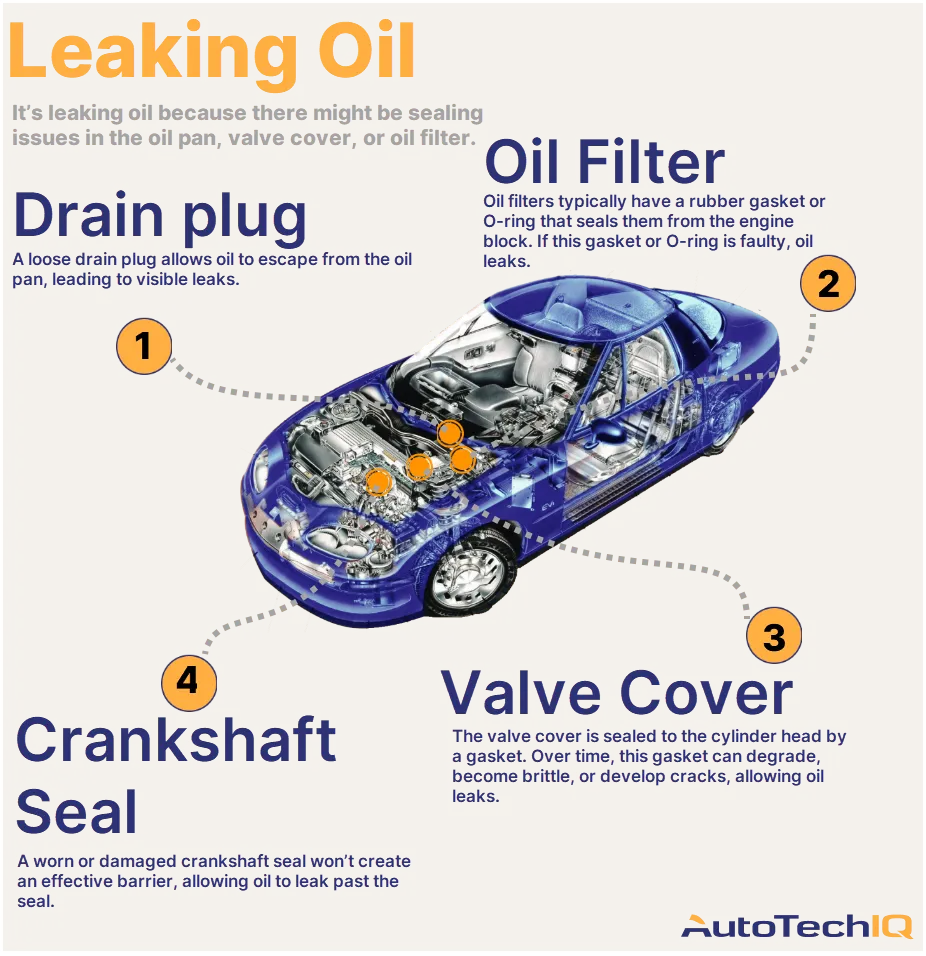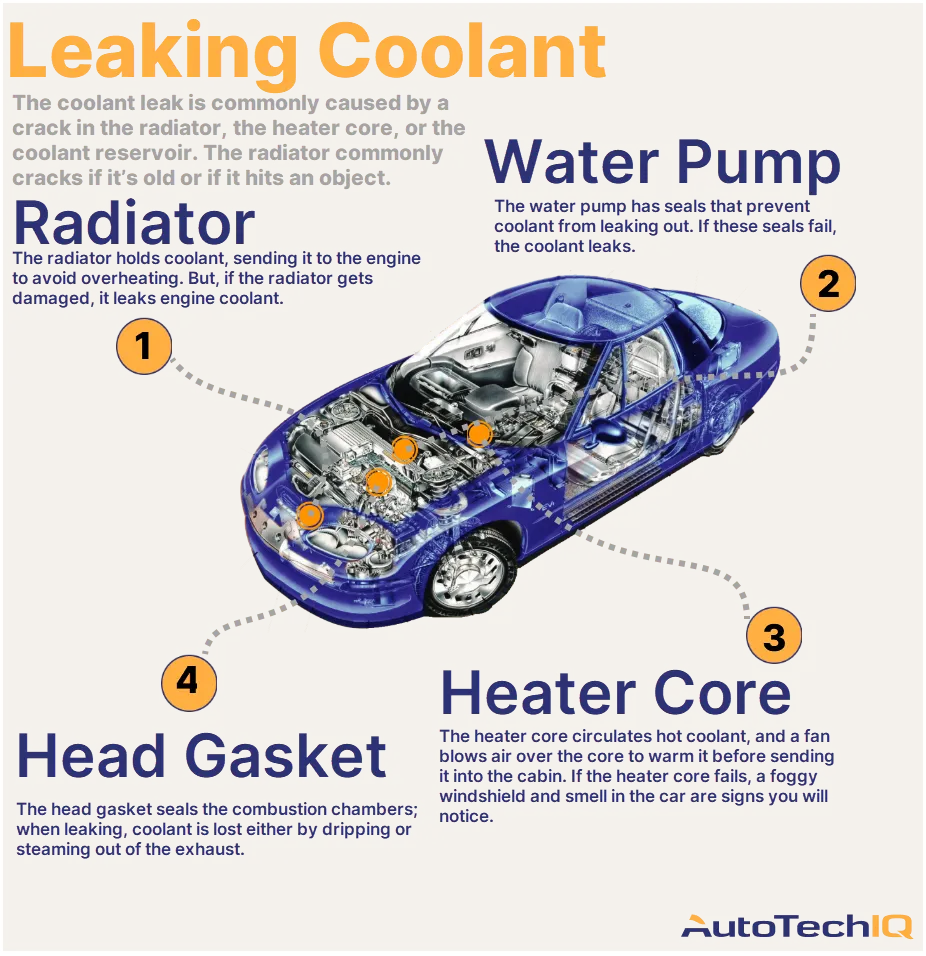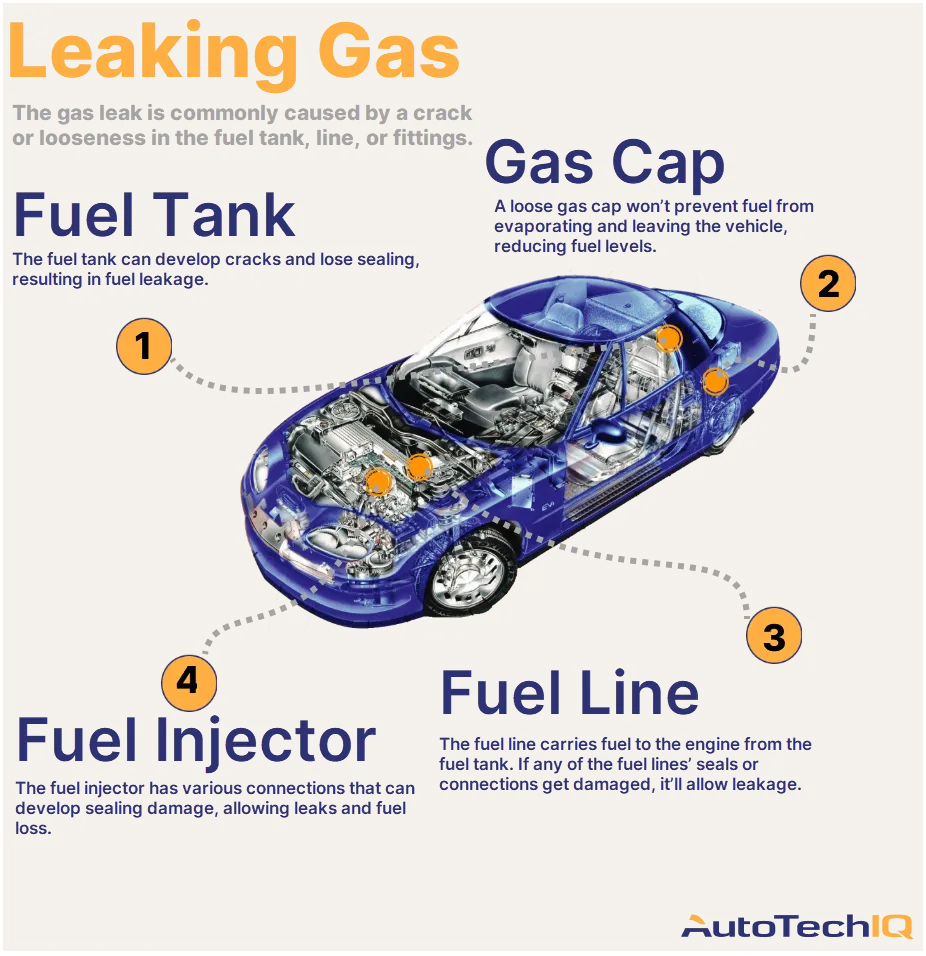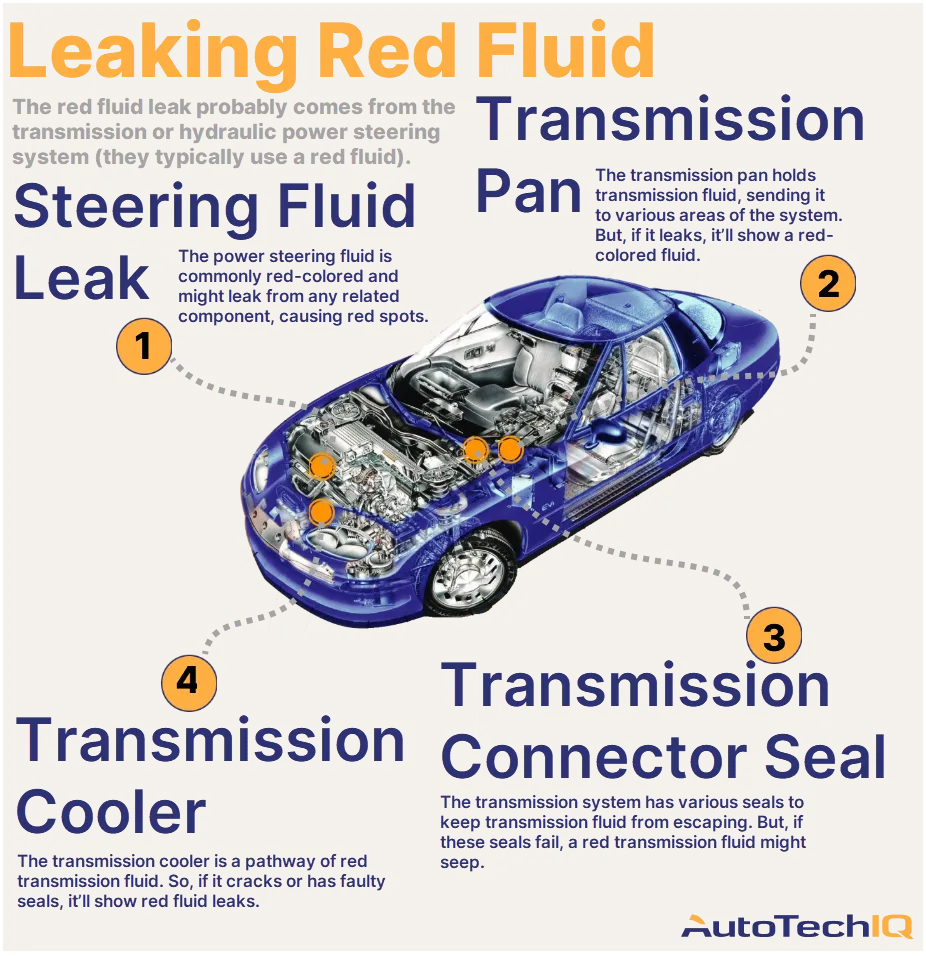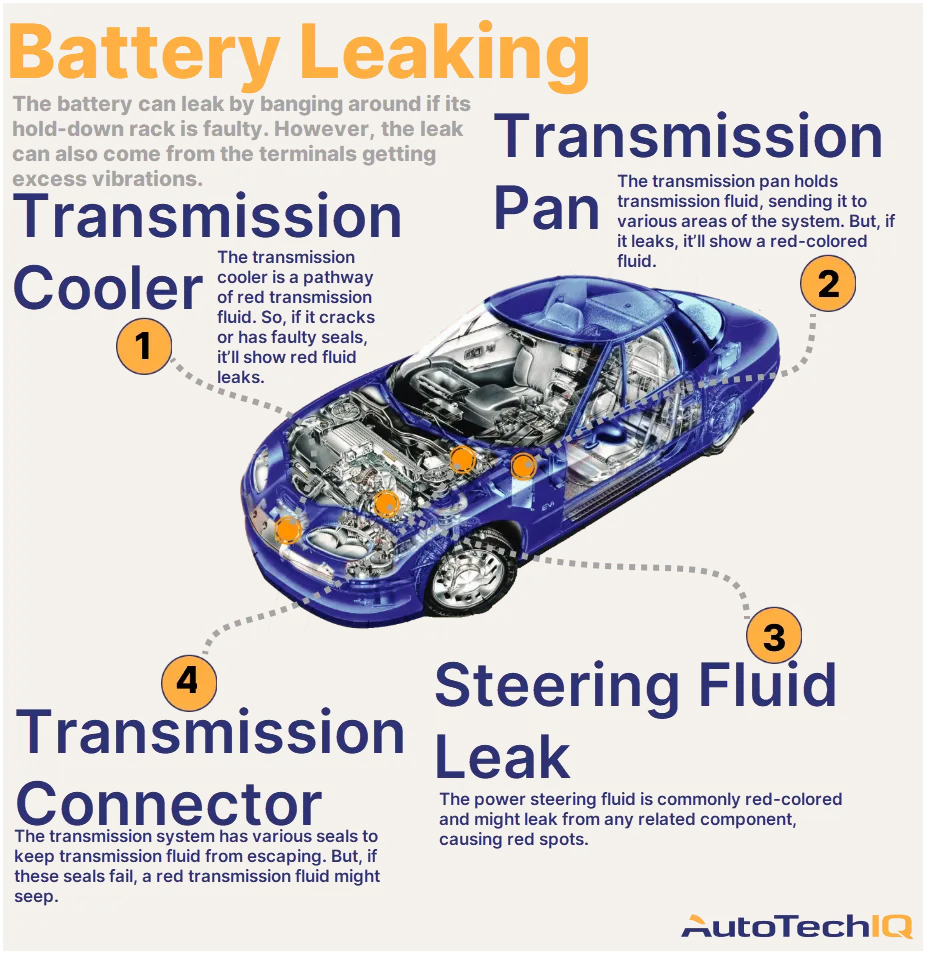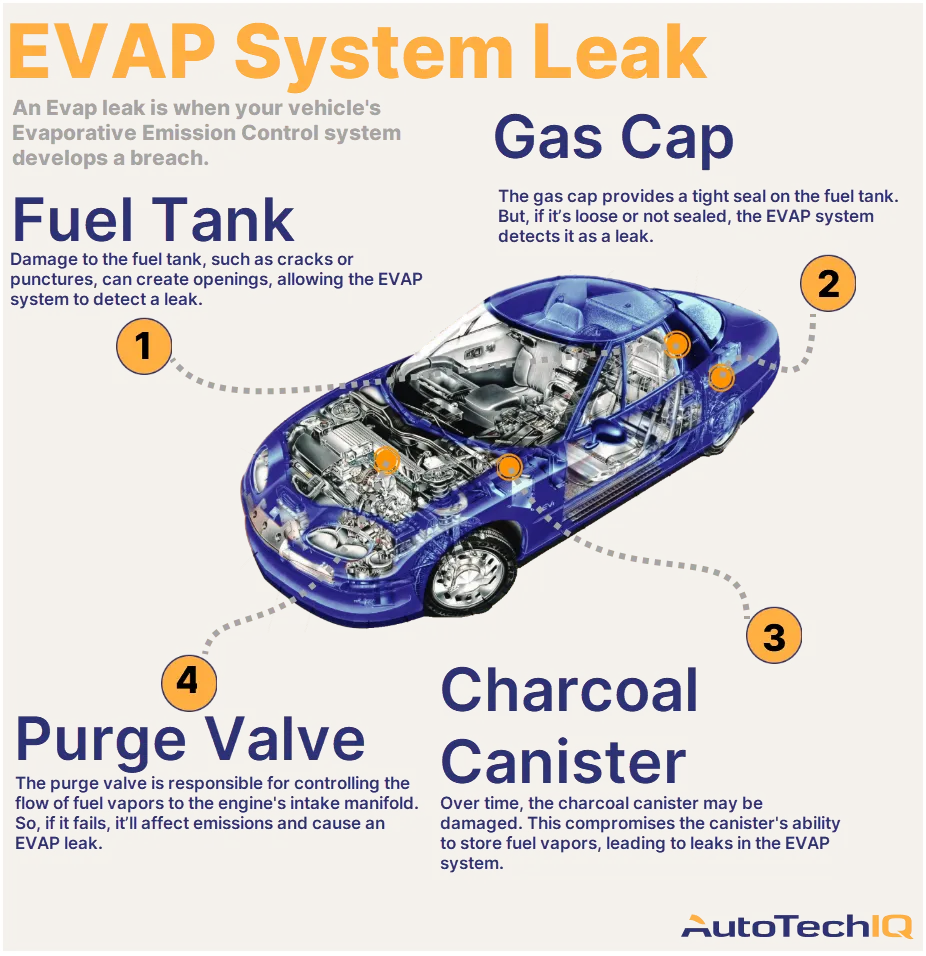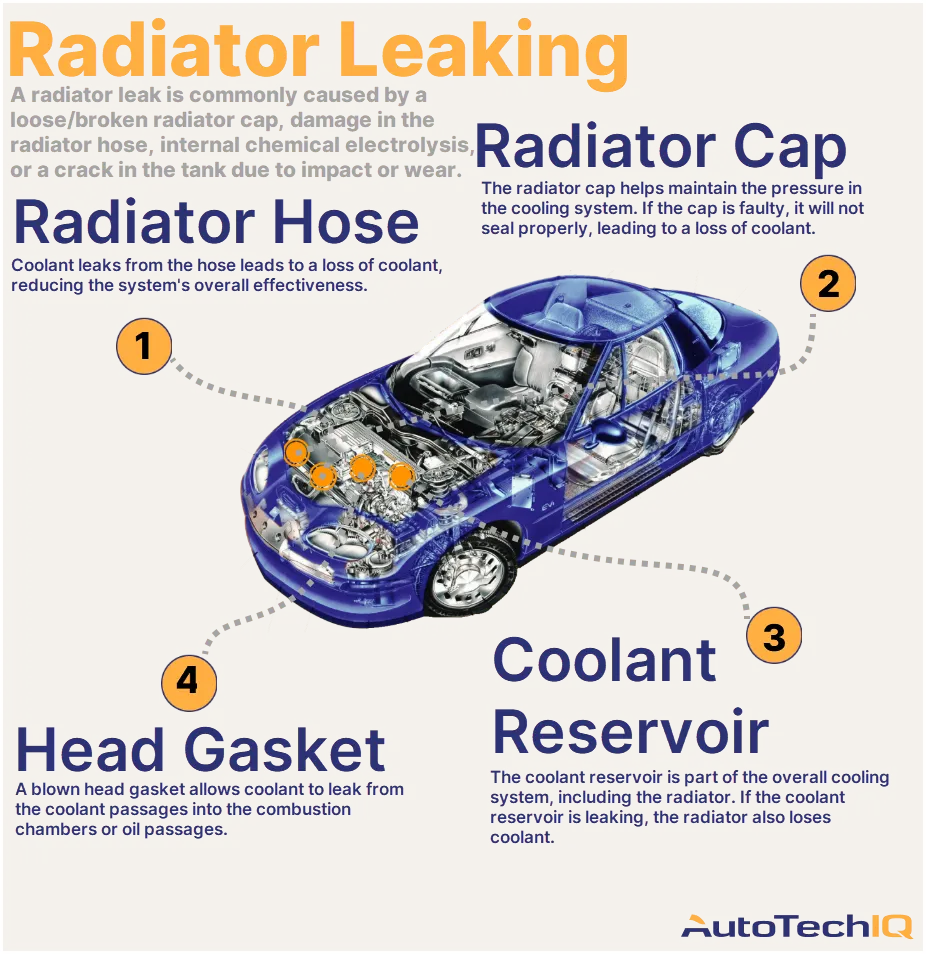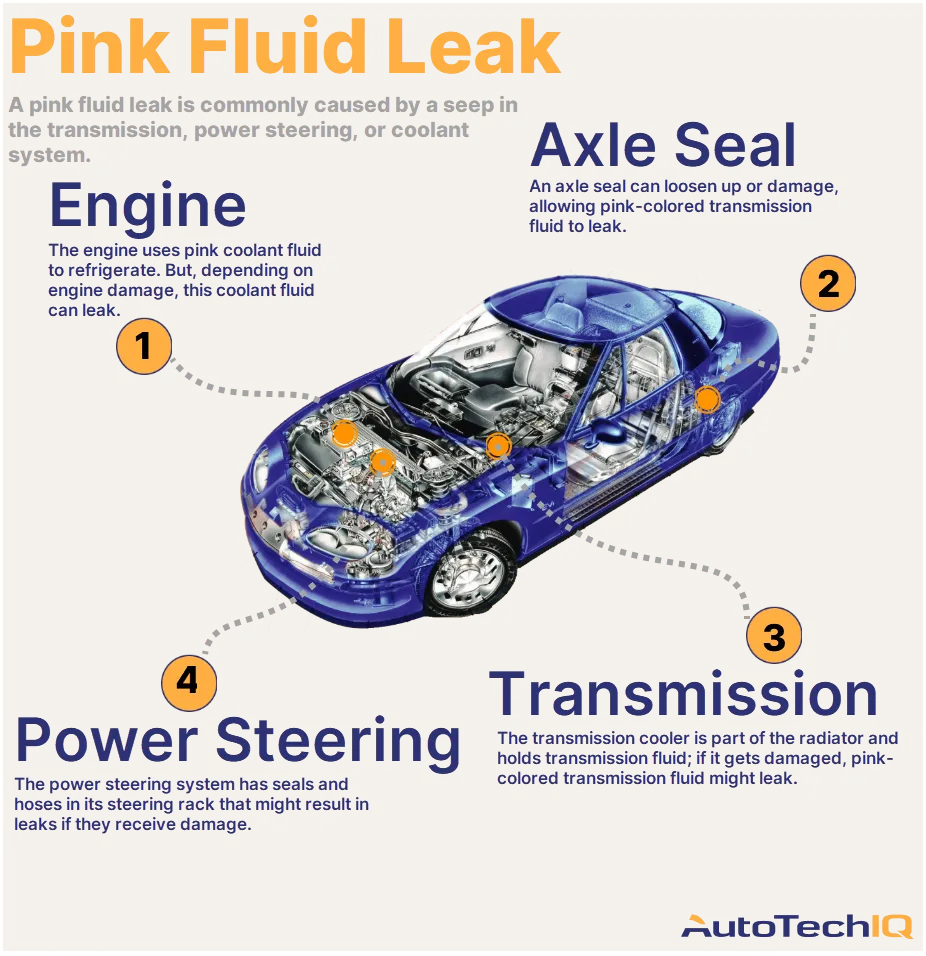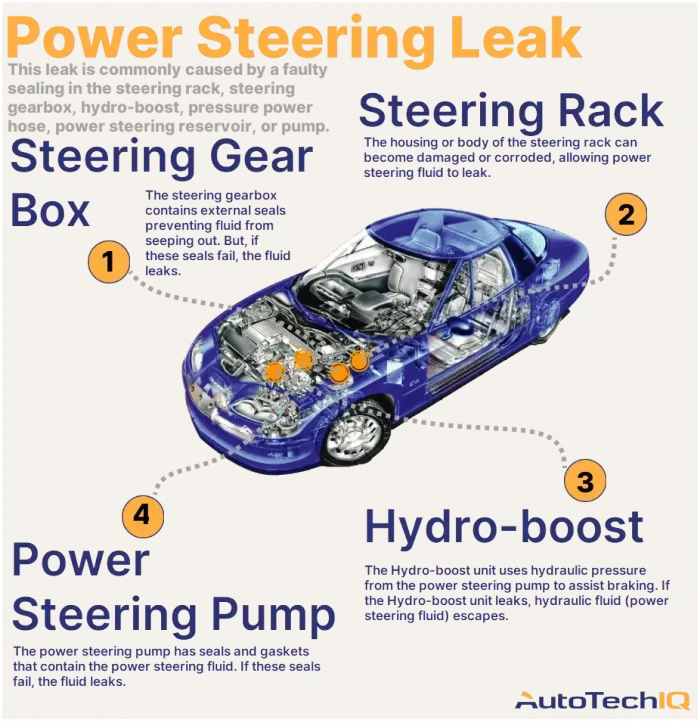
Is Your Power Steering Fluid Leaking?
A power steering fluid leak is commonly caused by a faulty sealing in the steering rack, steering gearbox, hydroboost, power hose, power steering reservoir, or pump. This can develop through wear and tear, mostly when these components or their seals get old.
To accurately diagnose and repair a power steering fluid leak, it's recommended to consult a qualified professional who specializes in automotive maintenance. Their expertise and experience will enable them to identify the root cause of the leak and provide the necessary repairs or replacements.
Watch out: Remember, taking care of your vehicle goes beyond mere convenience; it ensures your safety and peace of mind. A power steering leak can lead to a breakdown or extensive repairs. Additionally, it'll make power steering's performance bad if there's not enough fluid, leading to tough steering and a lack of driving comfort.

